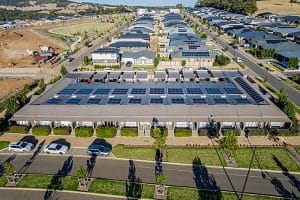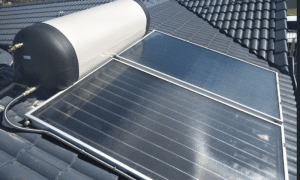With the home energy storage revolution about to begin; anything that can make lithium-ion batteries a little more environmentally friendly is a welcome development.
Scientists at Rice University and the City College of New York say the madder plant is a good source of purpurin, an organic dye that can be turned into an effective, natural cathode for lithium-ion batteries.
The madder family incorporates around 80 species of perennial plants. The species in this case is Rubia tinctorum, the common madder, which has been used since ancient times as for dyeing applications.
Lithium-ion batteries use cathodes made of lithium cobalt oxide, which is not only very expensive; but the process of mining the cobalt metal and manufacturing the cathodes is energy intensive and has other associated environmental problems. Lithium-ion batteries have a long service life and can be recycled, but extracting the cobalt is also an energy intensive process.
While testing a number of organic molecules for their ability to electrochemically interact with lithium, Rice research scientist Arava Leela Mohana Reddy and his team found purpurin most responsive to binding lithium ions and he says purpurin could be extracted from agricultural waste. The cathodes can also be made at room temperature.
Reddy’s ultimate goal is create completely green batteries and he expects to have a working prototype of a complete organic battery within a few years.
The purpurin discovery is the subject of a paper that can be viewed on Scientific Reports.
“Green batteries are the need of the hour, yet this topic hasn’t really been addressed properly,” says Reddy. “It’s a new mechanism we are proposing with this paper, and the chemistry is really simple.”
Aside from home energy storage and electric vehicle applications, a greener lithium ion battery will have a substantial positive impact on the environmental footprint of consumer electronics.
Demand for Li-ion is set to skyrocket in the years ahead – in China alone, the lithium-ion battery market is forecast to nearly double to USD$9.2 billion in 2016, as volumes grow 129 percent to 44.3 GWh.
Source







































